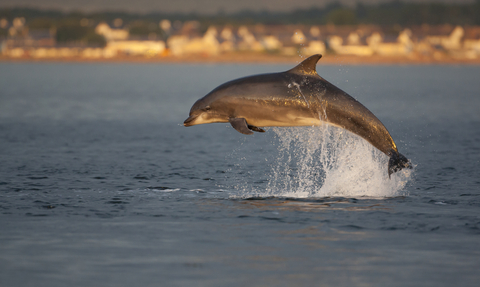
John MacPherson/2020VISION
Marine Protected Areas in Cornwall
New plans to protect our seas
Thank you for signing your name and helping us to call for a ban on bottom trawling in 41 protected areas, which have be designated to protect the seabed. The public consultation by the Marine Management Organisation (MMO) ended on 29th September, after running for 16 weeks.
The MMO will now conduct a thorough review to ensure that all views and additional evidence is carefully considered before any decisions are made regarding the proposed fisheries management measures to protect sensitive seabed habitats and species in 42 of England’s offshore MPAs.
The MMO also confirmed they received a record number of responses - so thank you for taking part.
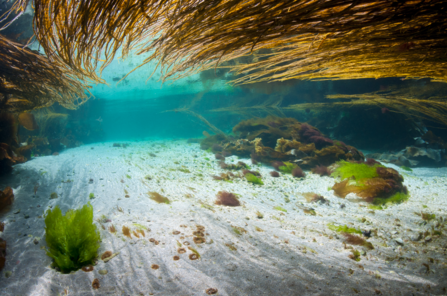
Alexander Mustard/2020VISION
What are MPAs in the UK and English context?
In England, Marine Protected Areas (MPAs) are designated areas in the sea where human activities are managed, in principle, to protect marine ecosystems, species, and habitats. There are a few types of MPA in England:
European sites:
Special Protection Areas (SPAs) are designated to protect birds and their habitats
Special Areas of Conservation (SACs) are designated to protect other wildlife and habitats
English sites:
Marine Conservation Zones (MCZs) are designated to protect nationally important wildlife and habitats.
Highly Protected Marine Areas (HPMAs) are a new kind of site currently being piloted in England to protect areas from all extractive, destructive, and depositional activities. There are none currently being piloted in Cornwall.
What sort of protections do MPAs in English waters offer?
All English MPAs provide some statutory powers to protect species and habitats. However, with the exception of HPMAs (and there are only three of these in English waters) our MPAs have been designated to protect specific features only, rather than the entirety of a site. Features can include seabed habitats such as sand banks, oyster reefs, and seagrass meadows, as well as species such as harbour porpoise, spiny lobsters, and pink sea fans.
One issue with our features-based approach to MPAs is that any activities that damage species or habitats in a site can be perfectly legal, so long as those species or habitats are not listed as features of that site. Another key issue is adequately resourcing protection and enforcement. The sea is a big place, and keeping tabs on all the activities that take place within it is an equally big challenge.
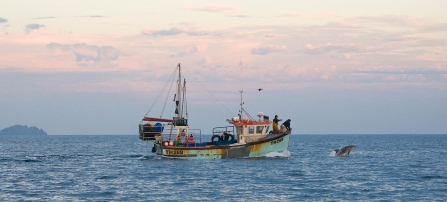
Are English MPAs delivering the protection we need?
With few notable exceptions, we do not believe that MPAs are delivering the protections our seas need. In part, this is due to the limitations of our features-based approach, and in part this is due to the resourcing required to effectively manage MPAs. For many highly mobile species—including seals, bluefin tuna, whales, and dolphins—we also need to be mindful that even very large areas are insufficient to confer meaningful protections and, therefore, that whole-sea management approaches are required. For the seabed habitats and more localised marine wildlife that can benefit from area-based protection, limited data on current extents, and range shifts driven by climate change, will require an adaptable MPA network for effective protection.
How many MPAs are in Cornish waters, and what area do they cover?
There are 38 Marine Protected Areas in the seas around Cornwall and the Isles of Scilly, but many of these overlap, entirely or in part, with others. Individual MPAs range in size from the large offshore South West Deeps East MCZ, covering 4,655 km2, to Gilstone MCZ on the Isles of Scilly at just 1.4 km2.
There is a bias towards inshore designations: from the shoreline to the limit of our inshore waters (6 nautical miles) 46% is covered by MPAs, from the shoreline to the limit of our territorial waters (12 nautical miles) this drops to 36% and, looking at our seas as a whole, out to the EEZ, coverage is 24% overall.

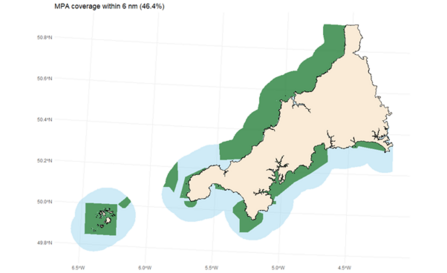
How many Cornish MPAs are currently subject to bottom trawling bans, and what area do these bans cover?
Inshore MPAs are not typically subject to bottom gear bans across whole sites. However, there are several byelaws that prohibit almost all bottom trawling in 9 areas (covering 573 km2 and 13% of these inshore waters):
Offshore, the situation is worse, with just 3% (2,041 km2) of our sea area currently protected from bottom trawling, in parts of, or all of, seven MPA areas.
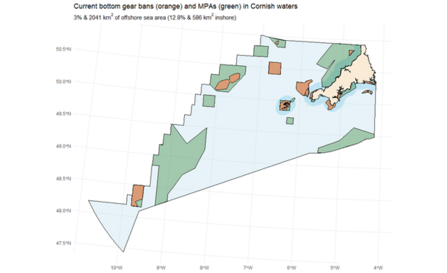
What are No Take Zones and are there any in Cornwall?
No Take Zones are areas of the sea in which all fishing activities are prohibited. There are none in Cornwall currently, with the closest one being at Lundy Island. It is important to recognise that areas subject to bottom gear bans are not No Take Zones per se, as other fishing activities are still permitted. It is equally important to recognise that some other areas within our MPA network are subject to regulation and prohibitions relating to other forms of fishing (for example, gillnetting).
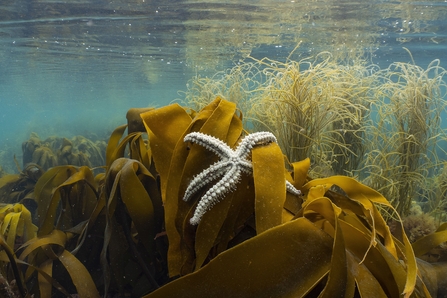
Copyright Paul Naylor
What has the Marine Management Organisation (MMO) been doing to improve marine protection in MPAs?
The MMO is responsible for assessing and managing the impacts of fishing in offshore English MPAs (outside 6 nautical miles). Inshore areas in England are managed by Inshore Fisheries and Conservation Authorities (for us this means the Cornwall Inshore Fisheries and Conservation Authority and the Isles of Scilly Inshore Fisheries and Conservation Authority).
In January 2021, MMO received new byelaw-making powers through the Fisheries Act 2020 to manage fishing throughout English seas.
The MMO is currently conducting a multi-stage assessment of fishing activity impacts within MPAs.
- In 2022, Stage 1 focused on byelaws for four offshore MPAs: Dogger Bank, The Canyons, South Dorset, and Inner Dowsing. The Canyons is an important area in Cornwall for cold water corals.
- Stage 2: Focused on 13 MPAs and the impact of bottom-towed fishing gear. A call for evidence was followed by a formal consultation on proposed byelaws. The Marine Protected Areas Bottom Towed Fishing Gear Byelaw 2023, which came into force on March 22nd 2024, was a result of Stage 2. This included further sites in Cornwall including three large areas to the north of the Isles of Scilly. It has had the net effect of increasing the total offshore area protected from trawling to the current 3%
- In June this year, the Stage 3 consultation was announced. It aims to protect all designated seabed features in offshore seabed MPAs not already covered in Stages 1 and 2. There are a range of measures being proposed, but the vast majority of updates relate to further bottom towed gear bans. There are 42 offshore MPAs being considered, and 15 of them are in Cornish waters. What happens in Cornwall therefore matters hugely. The consultation was scheduled to close on the 1st of September 2025 but a 4-week extension has been granted, to 29th of September.
- Stage 4 will look at the impacts of fishing on MPAs designated for highly mobile species, such as harbour porpoise. It will concern just one large MPA in Cornish waters — the Bristol Channel Approaches SAC — but may detail protection measures that relate to all our waters. We will know more in 2026.
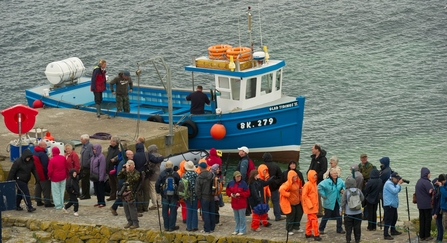
Rob Jordan/2020VISION
What will the proposals mean for towed bottom gear bans in Cornish waters?
The proposals would represent a huge step forward for marine protection in Cornwall. If all tabled measures are fully accepted (and this is far from guaranteed) then the offshore area protected from bottom trawling would increase from 3% to 20% and 14,551 km2.
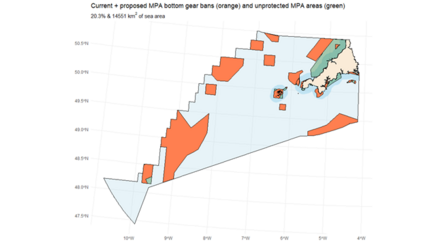
How will these bans affect our fishing industry?
Cornwall Wildlife Trust has consistently advocated for better marine protection, and for the sustainable use of our seas. Balancing these interests is not straightforward, but our view is that the current situation is insufficient: we need more legitimate protection in key areas, and better management across all our seas. We have carefully considered what the MMO’s proposals mean for trawling in Cornwall, and the wider economy, and we have 3 key points:
- Across the UK, trawling activity is patchy, but the south west is a hotspot.
- Trawling around Cornwall is also patchy, providing opportunity for mutually beneficial protection.
- The vast majority of current trawling in Cornwall occurs outside of the newly proposed areas, particularly for UK vessels.
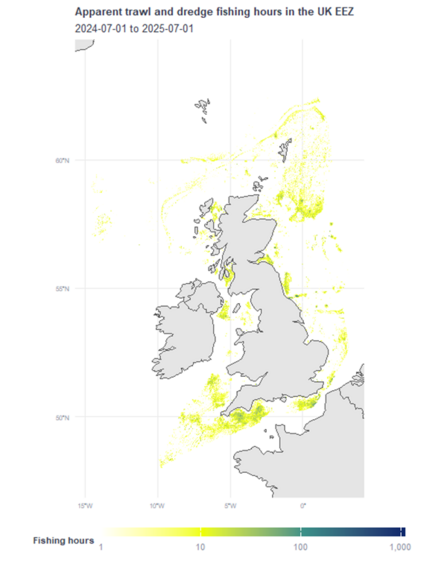
Further to point 1, trawling, and fishing in general, is important for livelihoods in many coastal communities in Cornwall. Our seas in the UK are some of the most productive anywhere—and Cornwall’s seas are subject to significant trawling, which exists because of, and benefits directly from, this productivity. In places, the impacts of trawling on seabed habitats are concordantly high, and therefore getting the right balance for coastal economies and nature matters.

Regarding point 2, around Cornwall some areas are heavily trawled, while others are rarely trawled. For delicate wildlife, such as cold-water corals, even occasional trawling can cause significant damage, so occasional trawling still presents a threat. Demand for space is increasing in Cornwall, particularly with offshore renewables but, given the distribution of trawling effort, there clearly is enough space to protect much more than we currently do, whilst not significantly impacting fishing.
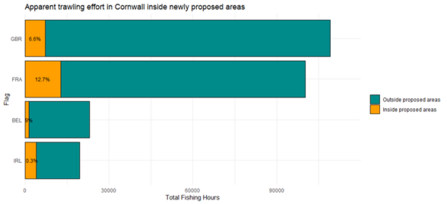
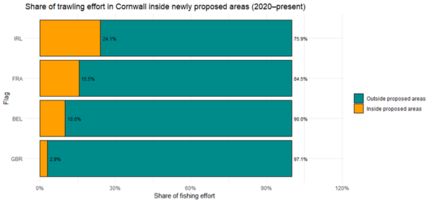
The areas under consideration for protection tend to be lightly trawled by tracked vessels and, if these protections were implemented, we believe they would have no direct impact on the vast majority (93%) of current UK vessel trawling effort in Cornwall. Over a 5 year period (back to 2020) this climbs to 97%. For a sevenfold increase in protection, just 7% of current UK trawling effort would be displaced. Relative lack of displacement matters because, if trawling were to be displaced inshore, this would negatively impact our small scale inshore fleet, and put more pressure on nature in what are already heavily fished areas. It is important to clarify that we are not privy to the fishing activities of smaller vessels, but the MMO’s consultation documentation suggests that smaller vessels are underrepresented in the areas under consideration. They are typically well offshore, deeper, logistically challenging, and more expensive areas to fish. This means that our estimates of effort displacement are likely an overestimate when considering all vessels. True displacement rates are likely lower still.
In the short term, we think the proposals represent a more equitable balancing of the interests of nature and fishers. Furthermore, in the long term, the evidence shows that for many species (though by no means all) the benefits of protection would spill over into fished areas, increasing catches for fishers, and benefiting our wider maritime economy. And we believe the wider economy matters in the ledger of interests here, because wildlife tour operators, recreational anglers, and a significant service industry, all depend on healthy, productive seas.
In the long term, we do not support the idea of banning trawling in all MPAs (or even across our seas as a whole) because there are limitations to what area-based protections can deliver, particularly for highly mobile species, and because trawling, in certain contexts, can be lower impact than other forms of fishing (particularly gillnetting). Ultimately, we have to recognise that all methods of food production have impacts on nature. We are strong advocates for the most sustainable forms of food production and, done right, fishing can be a win-win for people and nature.
Credit: Matt Slater
How can the public respond to the stage 3 consultation?
We live on an island nation. Everyone has a stake in the future of our seas, particularly in a place like Cornwall, which has more coastline than any other English county. Your voice matters and, in our current moment, your voice can make a real difference for our seas.
To respond, we are asking you to answer two questions:
Why should bottom trawling be banned in these areas?
Would a ban on bottom trawling in seabed Marine Protected Areas benefit you?
You can answer these questions here—The Wildlife Trusts will ensure that the MMO receives all these responses.
If you wish to respond in more detail (for example, by elaborating on specific MPAs relevant to you) then you can do so directly via the MMO’s consultation. To help, you can view the locations of the MPAs with the MMO’s interactive map.
We have produced a table of all MPAs under consideration in Cornish waters, and brief details on what is being proposed for each of them here:
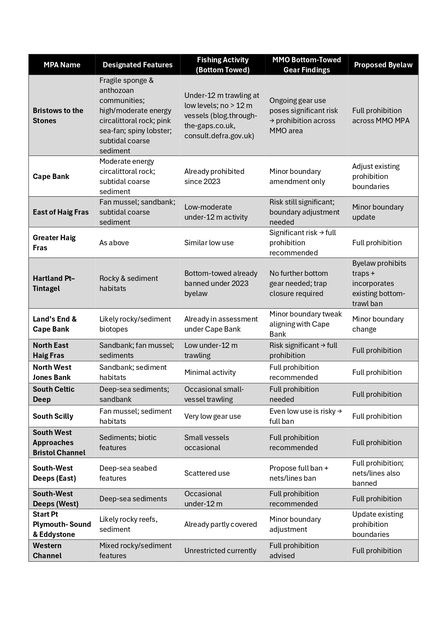
What is Cornwall Wildlife Trust’s summary view of these proposals?
Cornwall Wildlife Trust welcomes the MMO’s consultation on protecting offshore seabed MPAs in England and, particularly, around Cornwall, which is home to 15 of the 42 MPAs under consideration. In Cornwall, having healthy and productive seas matters, for people and nature. We strongly support the proposed measures as a significant step forward in protecting our seas: to date, just 3% of the seabed is protected from bottom trawling in Cornwall and these proposals, if fully implemented, would take us to 20%. These protections therefore represent a fairer balancing of the interests of nature and fishing, not only helping to protect and restore marine habitats, but also bringing long-term benefits to fishers and coastal communities when recovering populations of fished species in protected areas spill over into fished areas. While we recognise the urgency of acting now, we stress the need for future-proofing our MPA network in the face of imperfect information, climate change, and shifting species and habitats. Regulators must be nimble and adaptive to effectively deliver for people and nature going forward. We support the proposals in principle, provided they minimise displacement of fishing effort—which the current evidence suggests will be minimal—and provided they are implemented fairly, with specific attention to supporting small-scale inshore fisheries. We also urge collaboration with IFCAs to ensure coherent management across inshore and offshore waters, and stress the need to consider these measures alongside effective whole site management.
What are we going to do between now and September 29th?
· We will be talking to fishers, the public, and organisations across Cornwall to build our detailed response to the MMO. This will include specific responses to the static gear updates that are a minor part of the consultation. Please reach out if you think we’ve got anything wrong.
· We will be regularly directing the public to our campaign, which is national in scope.
· We will be contacting MPs and decision makers to outline our views
· We will be providing information and data to our groups and partners to help them respond to the consultation in more depth
